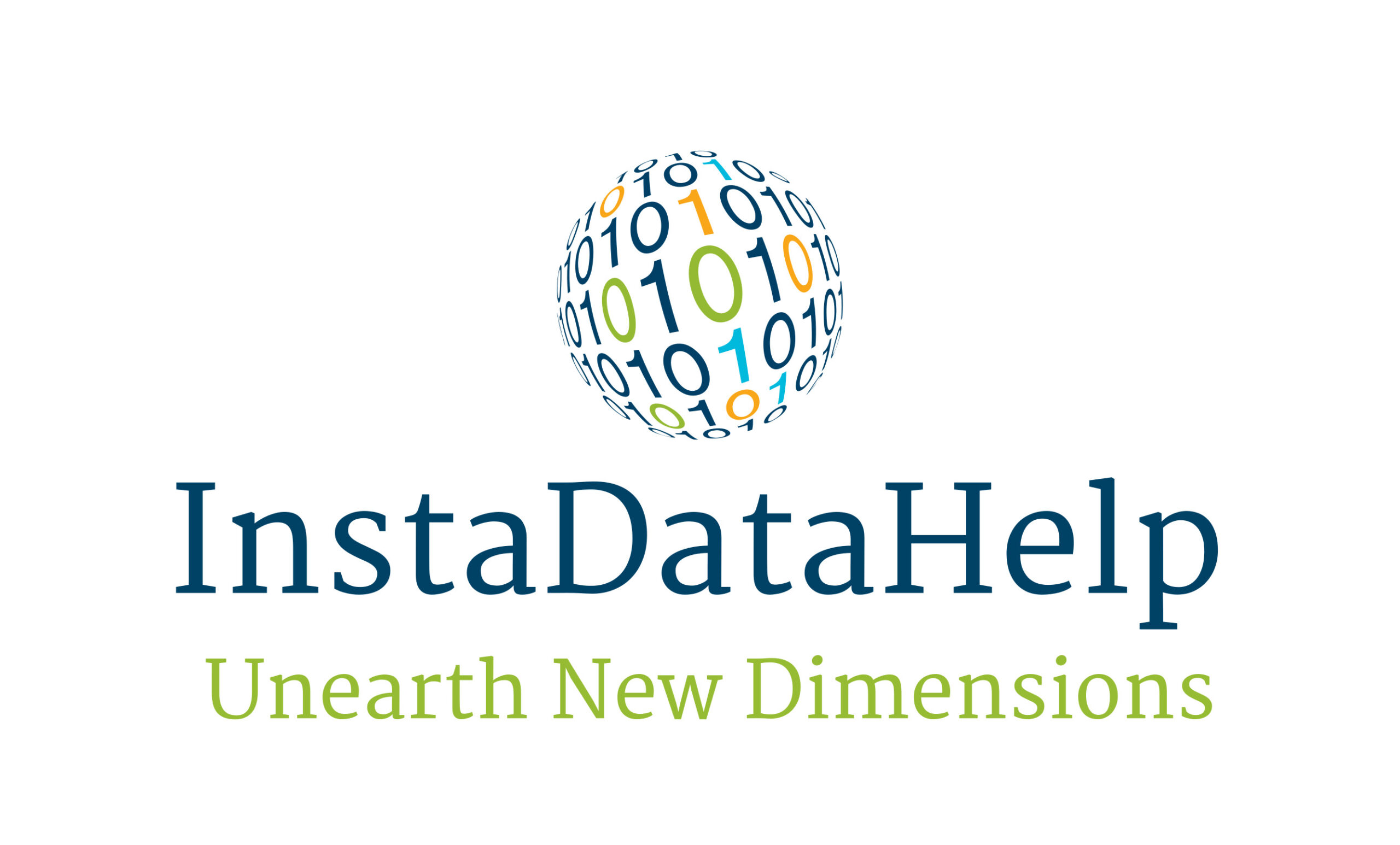Deep Learning is a subset of Artificial Intelligence (AI) and Machine Learning (ML) that has revolutionized the way machines learn and make decisions. It is inspired by the structure and function of the human brain and involves the use of neural networks to learn and interpret data. The term “deep” in deep learning refers to the use of many layers in the neural networks, which enables the machine to process and understand large amounts of data more efficiently.
In this article, we will dive deep into what deep learning is, how it works, and its applications in various fields.
What is Deep Learning?
Deep learning refers to the use of neural networks to learn and understand large and complex sets of data. It is a subset of machine learning and, by extension, artificial intelligence, as it enables machines to mimic human-like decision-making processes. Deep learning utilizes multi-layered neural networks to analyze data, make predictions, and generate outputs that are often indistinguishable from those produced by humans.
Unlike traditional machine learning algorithms that require human intervention in the process of determining features and algorithms, deep learning algorithms automatically learn from the data fed into the system. The more the system is exposed to certain types of data, the more accurately it can recognize patterns and make predictions.
How does Deep Learning work?
The basic building block of deep learning is the artificial neural network. Neural networks are modeled after the human brain and comprise many interconnected layers of processing nodes or artificial neurons. The output of one layer becomes the input of the next layer until the final output layer generates a prediction or decision.
In deep learning, the neural network is typically made up of many hidden layers between the input and output layers. The more layers involved, the more complex the network, allowing it to recognize more intricate patterns in the data.
The neural network learns by adjusting the weights and biases of each layer in response to the input data. The learning process is iterative and was made possible by the algorithm known as backpropagation, which enables the network to recognize errors and update its learning process accordingly.
In summary, the deep learning process involves the following steps:
- Data Collection: Gathering and compiling vast amounts of data that the neural network can learn from.
- Data Preprocessing: Cleaning and formatting the data to make it suitable for the neural network to process.
- Model Design: Developing the architecture of the neural network, including its type, the number of layers, and the number of nodes.
- Training: Feeding the model with the data and allowing it to adjust the weights and biases iteratively until it produces accurate and consistent results.
- Testing: Evaluating the accuracy and performance of the model using previously unseen data.
Applications of Deep Learning
- Natural Language Processing: Natural Language Processing (NLP) involves training machines to process and understand human language, including speech recognition, language translation, and sentiment analysis. Deep Learning has revolutionized NLP and allowed voice assistants such as Google Assistant, Siri, and Alexa to understand and respond to spoken commands accurately.
- Image and Video Recognition: Deep Learning is transforming the way machines interpret and recognize visual data. Applications like facial recognition, license plate recognition, and object detection are becoming increasingly reliable, with many companies investing in automated surveillance systems.
- Healthcare: Deep Learning is being used to improve diagnostic accuracy and patient outcomes in healthcare. Applications like image analysis for identifying tumors, detecting diabetic retinopathy, and identifying rare diseases are helping doctors make better-informed decisions and improving patient care.
- Autonomous Vehicles: Self-driving cars require sophisticated recognition algorithms to navigate and make decisions based on data from various sensors. Deep Learning models are used to detect objects, recognize traffic lights, and identify road signs, enabling automated driving features.
- Finance: Deep Learning is beginning to play an increasingly significant role in financial institutions, including fraud detection, risk management, and algorithmic trading. Trading algorithms are using deep learning to analyze vast amounts of data, helping investors make better-informed decisions.
Conclusion
Deep Learning has revolutionized the way machines learn and interpret data, and its applications are growing every day. This type of machine learning is rapidly changing how technology interacts with the world and helping to solve complex challenges confronted by humanity. As we continue to embrace Artificial Intelligence, deep learning will play a vital role in shaping the future of technology.
The article has been generated with the Blogger tool developed by InstaDataHelp Analytics Services.
Please generate more such articles using Blogger. It is easy to use Article/Blog generation tool based on Artificial Intelligence and can write 800 words plag-free high-quality optimized article.
Please see Advertisement about our other AI tool Research Writer promotional video.


Recent Comments